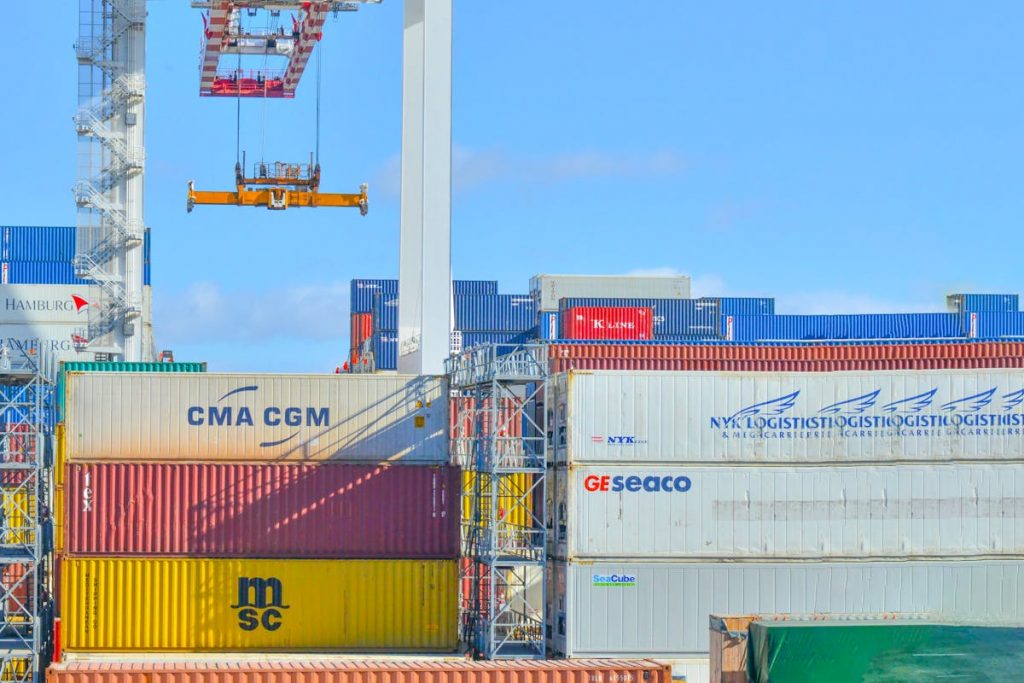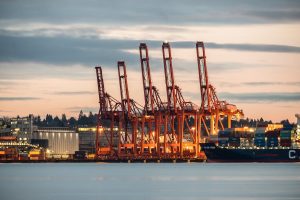
- Efficient container management is crucial for global trade and has become even more critical with the increasing demand for goods.
- Advanced lifting solutions have revolutionized container handling, improving efficiency and worker safety.
- Critical components of these solutions include durability, advanced technology, safety, precision, and cost-efficiency.
- As technology advances, we can expect further developments in container lifting equipment to meet the growing demands of global trade.
Efficient container management is crucial to global trade, ensuring that goods are transported safely and delivered on time. With the ever-increasing demand for goods worldwide, efficient container management has become even more critical to maintain smooth operations and meet customer demands.
The logistics industry has been constantly evolving, with technological advancements significantly making logistics operations more efficient. One of the latest developments in this field is advanced lifting solutions, which have emerged as a game-changer in container management.
The Evolution of Container Lifting Equipment
Over time, container handling has evolved from manual labor to advanced lifting solutions. Before these modern methods were developed, containers were loaded and unloaded manually by dock workers using ropes or pulleys. This process was not only time-consuming but also posed a significant risk to the safety of workers.
In Singapore, the world’s busiest container port, the first container cranes were introduced in 1971. These cranes revolutionized container management by significantly reducing loading and unloading time and improving worker safety.
With the introduction of the reach stacker in the 1980s, container handling became even more efficient. This equipment can handle heavy loads and lift containers to five high, increasing storage capacity and improving productivity. With its ability to maneuver easily in tight spaces, reach stackers have become an essential tool in container management, especially for ports with limited space.
Critical Components of Advanced Lifting Solutions

Durability and Reliability
Modern lifting solutions are built with durability and reliability in mind. With the increase in container traffic, it is essential that this equipment can withstand heavy usage without breaking down frequently. This is achieved through modern materials like high-strength steel and advanced engineering practices such as finite element analysis and computer-aided design.
Durability ensures that the equipment can handle heavy loads and withstand harsh weather conditions. It also helps to reduce downtime, keeping operations running smoothly and efficiently. Reliability is equally important, as any breakdown in equipment can lead to delays and disruptions in the supply chain.
Advanced Technology
Advanced technology has played a significant role in making lifting solutions more efficient. Modern container handling equipment comes equipped with various features such as automated systems, sensors, and cameras that enable precise positioning and movement of containers. This not only reduces human error but also increases safety and productivity.
Some equipment also has remote telematics capabilities, allowing operators to monitor and track their performance in real time. This data can then be used for predictive maintenance, identifying potential issues before they occur and reducing downtime.
Safety and Precision
Safety is a top priority in the logistics industry, and modern lifting solutions have been designed with this in mind. With advanced safety features such as anti-collision systems, load monitoring sensors, and ergonomic designs, these equipment keep both workers and cargo safe during operations.
Precision is also essential in container management to ensure that goods are loaded and unloaded without damage or delay. Advanced lifting solutions are equipped with precise positioning capabilities, allowing for the accurate placement of containers on trucks or ships.
Cost Efficiency
With the increase in global trade, cost efficiency has become a crucial factor in container management. Modern lifting solutions have been designed to optimize operations and reduce costs. With energy-efficient technology, reduced maintenance needs, and increased productivity, these equipment help minimize operational expenses.
Additionally, some lifting solutions are modular and can be easily adapted or upgraded according to changing needs, providing cost savings in the long run.

The Future of Container Management
As technology continues to advance, there is no doubt that we will see further developments in container lifting equipment. Already, we are seeing innovations such as automated guided vehicles (AGVs) and remote-controlled cranes being used in some ports around the world.
With the rise of e-commerce and online shopping, container traffic will continue increasing in the coming years. To keep up with this demand, efficient container management will be essential, and advanced lifting solutions will play a crucial role in meeting these needs. It is safe to say that the future of container management is exciting and full of potential for further advancements.
The Bottom Line
Efficient container management is crucial for the smooth operation of global trade. With technological advancements and innovations, we have seen a significant improvement in the container handling, making it more efficient, safe, precise, and cost-effective. As we continue to see further developments in this field, the future looks promising for the logistics industry and global trade. So, let’s embrace these advancements and continue to improve container management for a better future.



